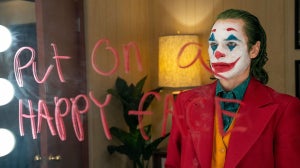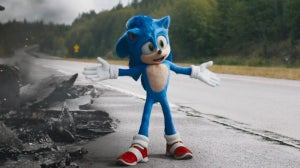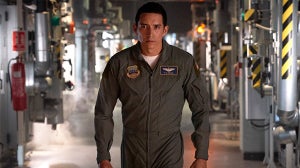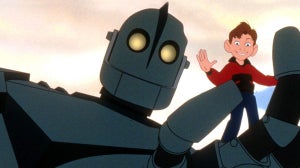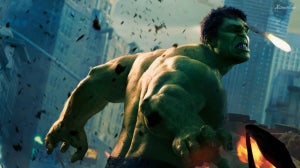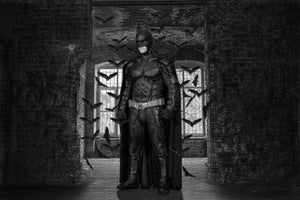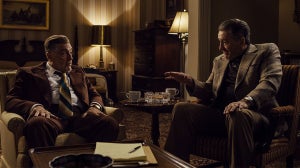
Guillermo Del Toro
You might know Guillermo Del Toro as the director of the two Hellboy movies, but in reality, there's much more to this filmmaker than you expect. Del Toro's signature style is to take inspiration from older works of art. Artist like Gustave Dore, writers like H.P Lovecraft and more are all drawn from in Del Toro's visionary artistry. It's easy to look at a director like Del Toro and just see his mainstream works, like Hellboy or Pacific Rim, but to dissect those influences and unpack the references hidden within the works of Del Toro is to truly understand the love that this Auteur puts into his films.
Pacific Rim
Del Toro's Pacific Rim is one of the easiest films of his to pick apart, with the movie being packed with references and homage to classic Japanese Kaiju Cinema. Pacific Rim draws from films like Godzilla, Mothra and Super Sentai (or Power Rangers in the West). But also classic 70s Mecha shows like Mazinger Z, Devilman and Getter Robo. Del Toro routinely cites these series' as some of the main influences for Pacific Rim, and it's easy to dive a little bit deeper into the world of Del Toro's mind if we dig a little bit further into his filmography.

Pan's Labyrinth
Pan's Labyrinth might just be Del Toro's masterpiece. Intended to be watched as a Dark Fairytale, Pan's Labyrinth follows Ofelia, a young girl embroiled in the middle of the Spanish Civil War in 1944, where she encounters a Faun, who forever changes her dark fate. With parabolic influences to Grimm's fairy tales and more, Pan's Labyrinth was made to ape a classic fairytale put to screen, through the lens of Del Toro's artistic design, with washed out colour palettes and magical creatures looking less "magical" and more organic. Del Toro commented on the direction of Pan's Labyrinth 10 years ago with this:
"I was trying to uncover a common thread between the "real world" and the "imaginary world" through one of the seminal concerns of fairy tales: choice. It's something that has intrigued me since Cronos, through Hellboy and now to Pan's Labyrinth: the way your choices define you."
As the winner for best art-direction at the Academy Awards in 2006, Pan's Labyrinth utilised a more washed out palette for a more gritty and realistic style, undermining the palettes of a lot more fantastical or fairy tale-baseD movies. Not only does this ground Pan's Labyrinth, but the washed out hues and dark setting give it an oppressive atmosphere.

The Shape of Water
Del Toro's latest offering, The Shape Of Water, is set to put itself firmly on the mantle as one of his greatest pieces. Recieiving critical acclaim in the early reviews, we can only wonder what sort of masterpiece we'll be able to see when this is released in cinemas. The stylistic tone of the film and direction Del Toro has aimed for with the film puts it firmly in the runnings to become an isntant classic.
The way that Del Toro manages to weave a narrative and construct a fine visual palette for his films, whilst also referencing classical works, is nothing short of incredible. With his upcoming movie, 'The Shape of Water' Del Toro is looking to do it all over again, and we can't wait!
Banner image sourced via scifinow.co.uk



